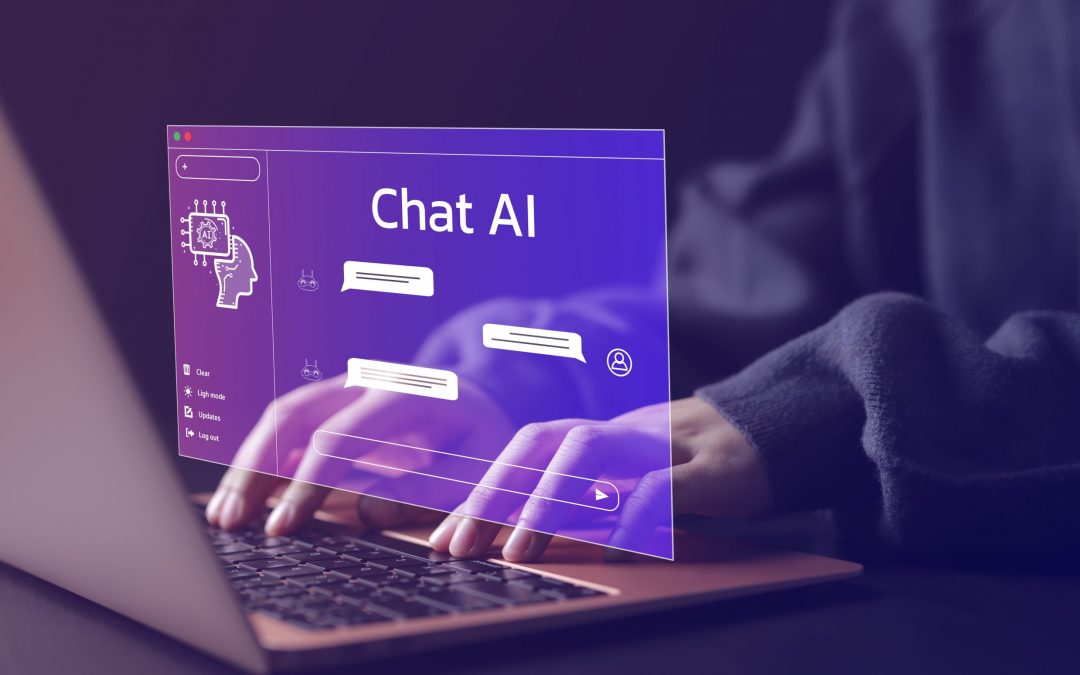
Jun 13, 2023 | SMB Technology, SMB Technology, SMB Technology, SMB Technology, Technology News
Now that Generative AI (e.g. ChatGPT) is here, phishing attacks may increase both in number and sophistication. How do businesses protect themselves? Awareness is a good first step, but gathering data using a security information and event management system (SIEM) is even better. Read on to learn how SIEM along with education and awareness training can reinforce your company’s efforts to prevent phishing attacks and resulting malware. What is SIEM? Security information and event management (SIEM) combines two separate systems to not only gather information but develop rules to help analysts understand what occurs in your company’s network. Security information management involves the gathering, monitoring and analysis of security-related information across different computer logs–including email applications. Security event management is involved in helping respond to incidents. SIEM brings the two functions together – the strong log-keeping functions of SIM with the response capabilities of SEM. The information is put together in a standard format, then aggregated and analyzed, helping IT professionals prioritize their threat response. Since SIEM can be outsourced to managed service providers (MSPs), it is possible for small to medium-sized businesses to afford it and not have to hire extra staff. SIEM and Phishing Attacks The security operations center of an average organization can receive tens of thousands of threats, and some can receive ten times more. What’s a small or medium-sized business to do? How do they know they are victims of a ransomware attack until the damage is already done? Security information and event management has the capacity to gather and analyze information about user authentication attempts, separating normal logins...

Jun 7, 2023 | SMB Technology, SMB Technology, SMB Technology, SMB Technology, Technology News
Any technology brings benefits as well as possible challenges, and Generative AI (e.g. ChatGPT) is no exception. ChatGPT is a type of artificial intelligence language model (“GPT” stands for generative pre-trained transformer) that carries potential for business uses. Whatever challenges this prevents in terms of cybersecurity will become apparent. No matter what the technology, safeguards will still revolve around people, processes and technology. Read on to learn more about ChatGPT, its potential uses, and the challenges it may bring. What ChatGPT is, and Why it Matters ChatGPT, a product from Open AI, is a Large Language Model (LLM) built on datasets from the Internet and pre-trained to give responses to questions, generate content, and make user interfaces more personal and interactive. Predictive text is already prevalent in email applications, wherein the application tries to guess the next few words or next sentence. All the user has to do is click the tab button to accept or continue typing to override the suggestion. Similarly, the artificial intelligence powering ChatGPT can help generate text by prompting the writer with suggestions based on Internet data. Organizations can save time and improve customer service, content creation, research and even automate customer service analytics. Generative artificial intelligence is the enabling technology for ChatGPT, and uses are probably limited only to the human imagination. Artificial intelligence puts together information from the Internet, but it’s up to the user to judge the content’s usefulness and accuracy. Early Adoption of ChatGPT Progresses Quickly While not yet audited for bias and accuracy, ChatGPT has still become popular, and will probably become even more so,...




